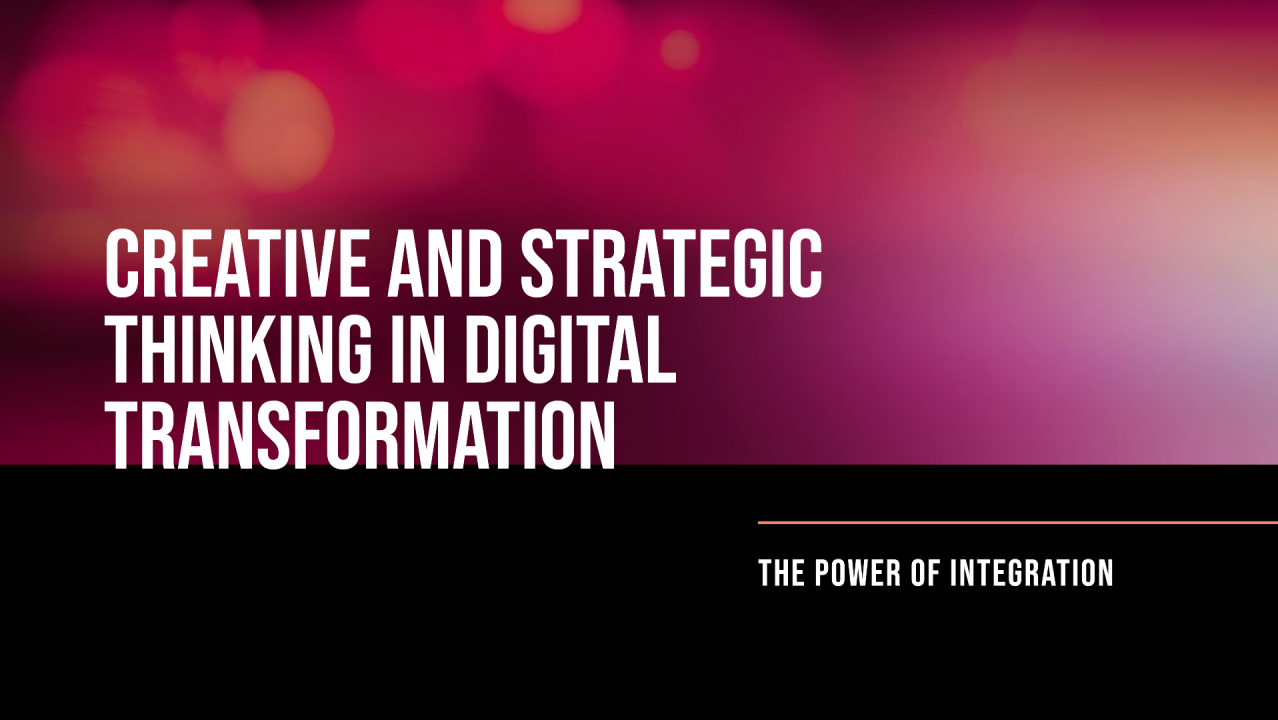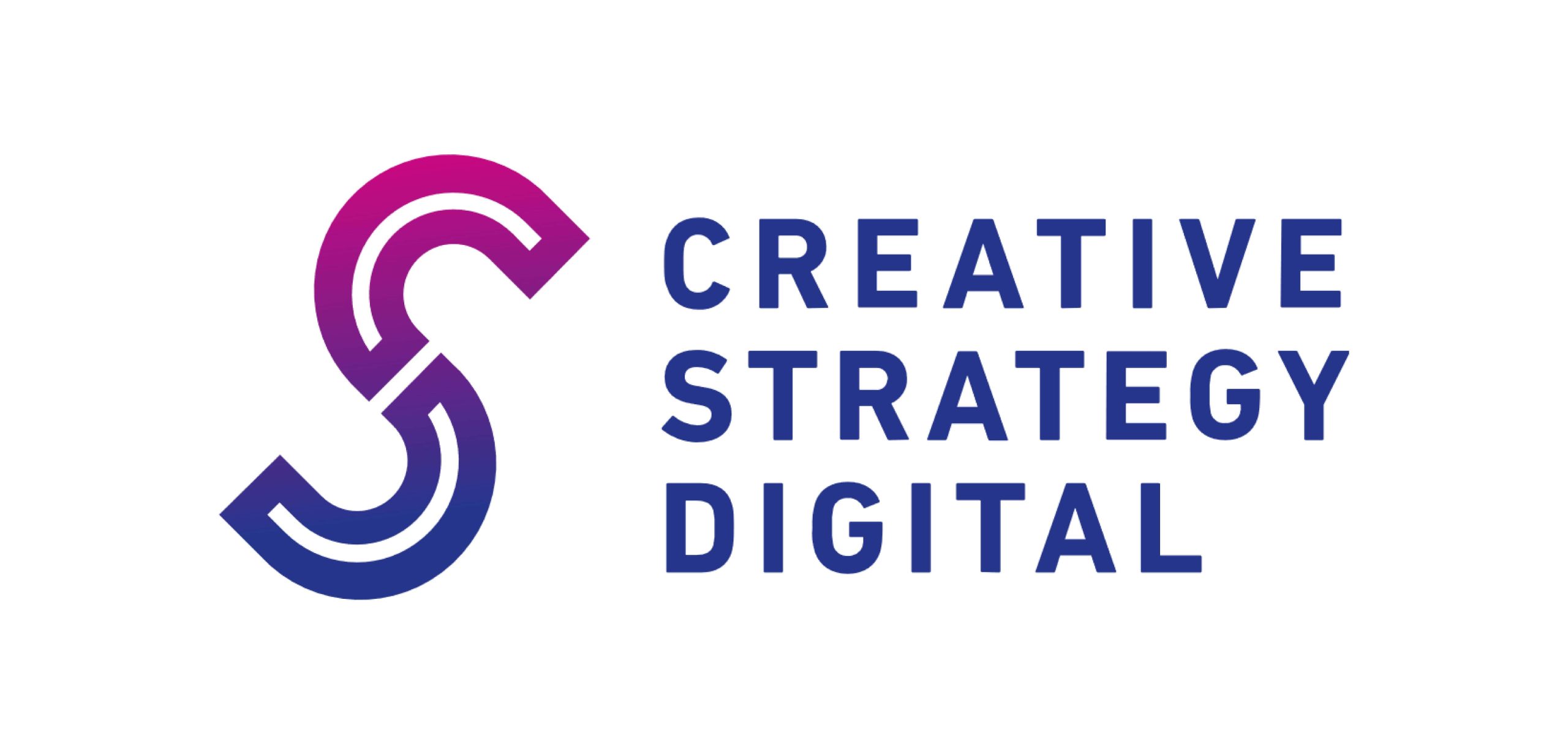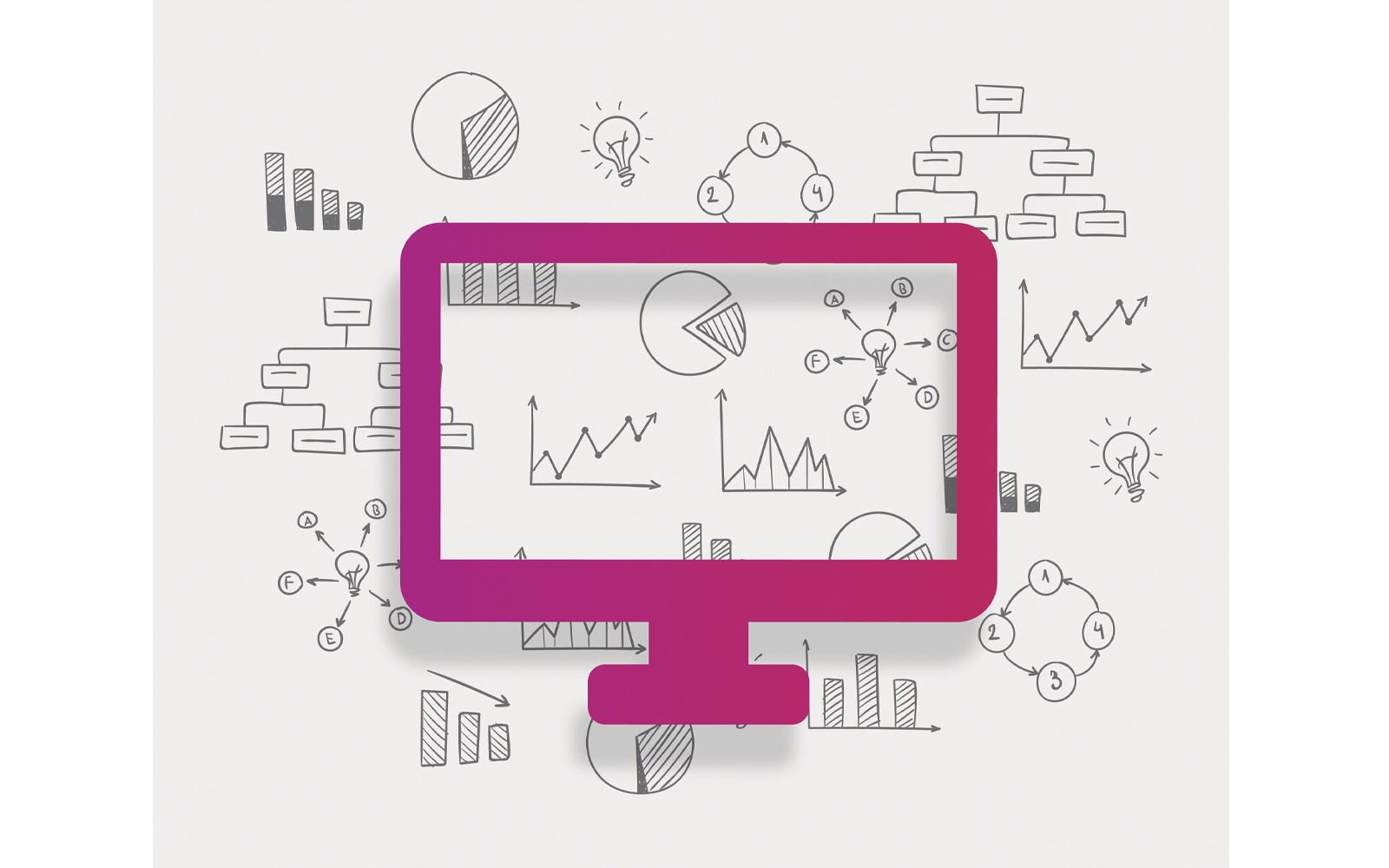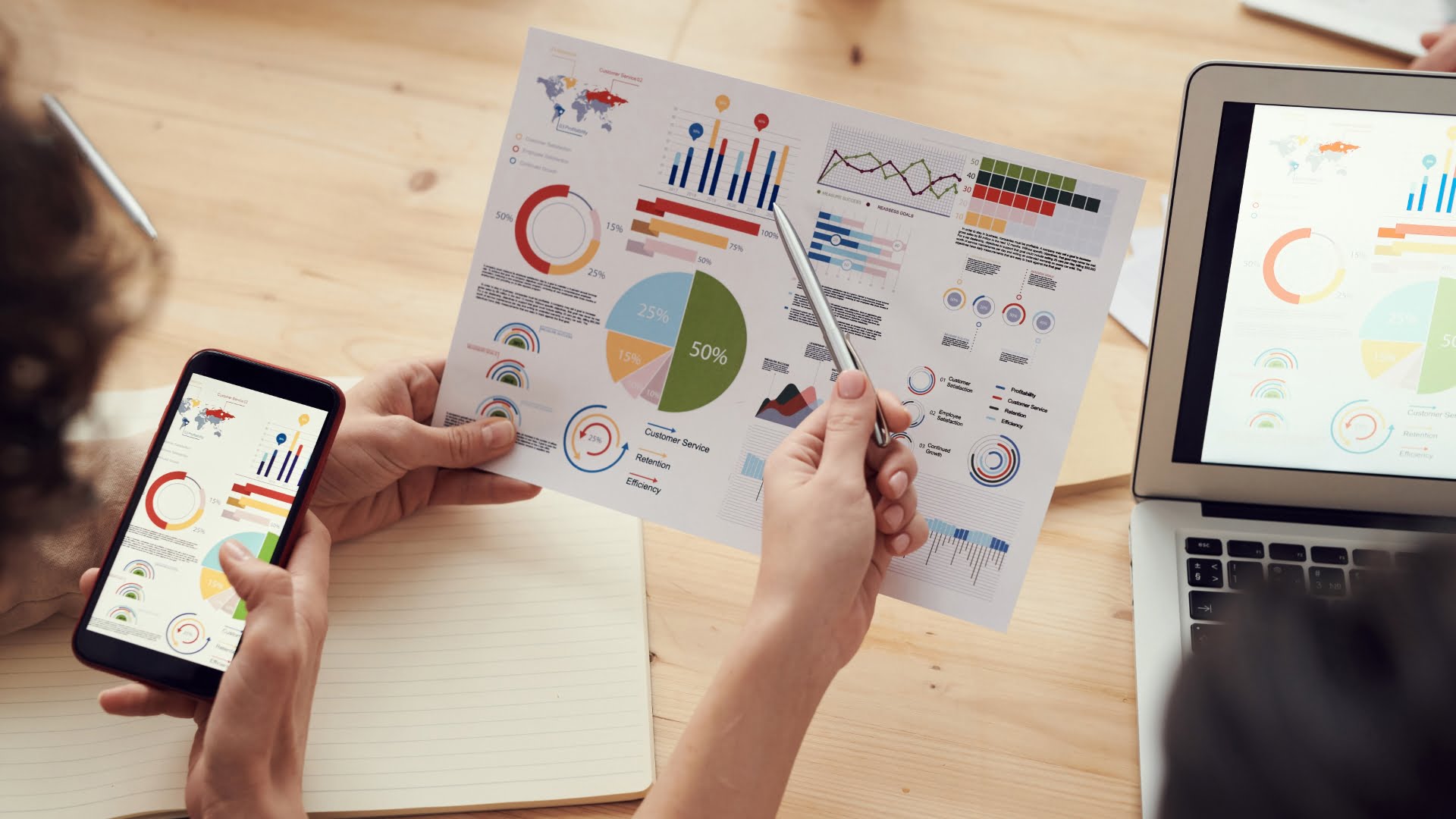Combining Creativity & Data to Build Strong Campaigns
In today’s digital marketing landscape, combining creativity with data is essential for crafting effective campaigns. While creative ideas and engaging content are crucial to capture attention, data ensures those ideas are targeted, relevant, and impactful. The fusion of these two elements leads to campaigns that not only inspire audiences but also drive measurable results.
Why Creativity Alone Isn’t Enough
Creativity is the lifeblood of any campaign. It sparks the imagination, builds connections, and makes your brand memorable. However, creativity without data can lead to guesswork, misaligned messages, and ultimately wasted resources. Without a clear understanding of your audience’s behavior, preferences, and engagement patterns, even the most creative ideas might miss the mark.
A creative approach can be bold, inspiring, and attention-grabbing, but without data-driven insights to guide it, it risks falling flat or reaching the wrong people. To ensure that your creative campaigns achieve their intended goals, data becomes an indispensable ally.
The Power of Data in Campaigns
Data offers a roadmap to success. By analyzing consumer behavior, demographics, browsing habits, and engagement patterns, data allows marketers to understand what works and what doesn’t. It also provides a way to personalize campaigns, ensuring that content resonates with the right audience at the right time.
The role of data extends beyond simply knowing your audience. It involves tracking key performance indicators (KPIs) such as click-through rates (CTR), conversion rates, and return on investment (ROI). These metrics provide real-time feedback on campaign performance, enabling you to make informed decisions and optimize your campaigns for maximum impact.
How to Blend Creativity and Data Effectively
When creativity and data work hand in hand, they can elevate a campaign to new heights. Here’s how to effectively combine the two:
1. Data-Driven Audience Segmentation
Data allows you to segment your audience based on behavior, demographics, interests, and past interactions with your brand. By understanding who your audience is, you can tailor creative assets that resonate with each segment. Personalization ensures that your messages are relevant, which leads to higher engagement and conversion rates.
For example, an e-commerce brand may use data to segment customers into different groups: first-time visitors, repeat buyers, or cart abandoners. Each of these groups can receive personalized content, such as welcome offers, product recommendations, or reminders, all driven by data insights.
2. A/B Testing for Creative Optimization
One of the most powerful ways to combine creativity and data is through A/B testing. By testing different creative variations—whether it’s ad copy, imagery, or call-to-action buttons—you can identify which elements perform best with your target audience. The data collected from A/B tests allows you to refine your creative approach and focus on what truly drives results.
A/B testing provides actionable insights into how your audience interacts with your content. It helps you understand which creative elements resonate and why, enabling you to optimize future campaigns.
3. Real-Time Campaign Adjustments
Data enables you to monitor campaigns in real-time and make adjustments as needed. Creative ideas may not always perform as expected, and that’s where data comes into play. By tracking key metrics, you can quickly identify underperforming ads or content and tweak them to improve results.
For instance, if a social media ad isn’t generating the expected engagement, data can help you determine whether the issue lies in the creative, targeting, or timing. With this information, you can test new creative options or adjust your targeting parameters to achieve better outcomes.
4. Predictive Analytics for Future Campaigns
Predictive analytics, powered by data, can give you a glimpse into the future of your campaigns. By analyzing historical data and current trends, predictive models can forecast the potential performance of creative campaigns. This data-driven foresight allows you to plan campaigns that are more likely to succeed based on past patterns.
For example, predictive analytics can help you identify the optimal time to launch a campaign, the best-performing channels, or the creative formats that will drive engagement. Using this insight, you can craft campaigns that are more likely to resonate with your target audience and deliver stronger results.
Data Visualization to Communicate Creative Insights
While data can be complex, creative professionals can use data visualization to make it more accessible. Visualizing campaign performance, audience insights, and engagement metrics in charts, graphs, and dashboards makes it easier for teams to understand trends and make data-driven decisions.
This process allows creative teams to see the direct impact of their work in real-time. Data visualization tools can break down complex data points, making them easier to interpret and act on. The clearer the data, the better creative teams can refine their campaigns and strategies.
The Result: Stronger Campaigns
By combining creativity with data, you’re not just improving the aesthetic appeal of your campaigns; you’re also ensuring that they are effective and capable of meeting your business objectives. Data ensures that your creative ideas are grounded in reality, driving measurable results and maximizing your return on investment.
A creative campaign backed by data is an empowered campaign—one that adapts to audience needs, leverages performance insights, and continuously evolves to deliver better results. Whether you’re running ads, creating social media content, or developing a brand strategy, the balance of creativity and data will set your campaigns up for success.
Conclusion
To truly stand out in today’s competitive marketing landscape, brands need to embrace both creativity and data. Creative ideas capture attention, but data makes sure those ideas land with the right audience. By combining the two, you’ll be able to craft campaigns that are not only engaging and innovative but also effective and results-driven.
Remember, in the world of digital marketing, creativity alone won’t guarantee success, and neither will data. It’s the perfect harmony of both that leads to winning campaigns and measurable outcomes.




